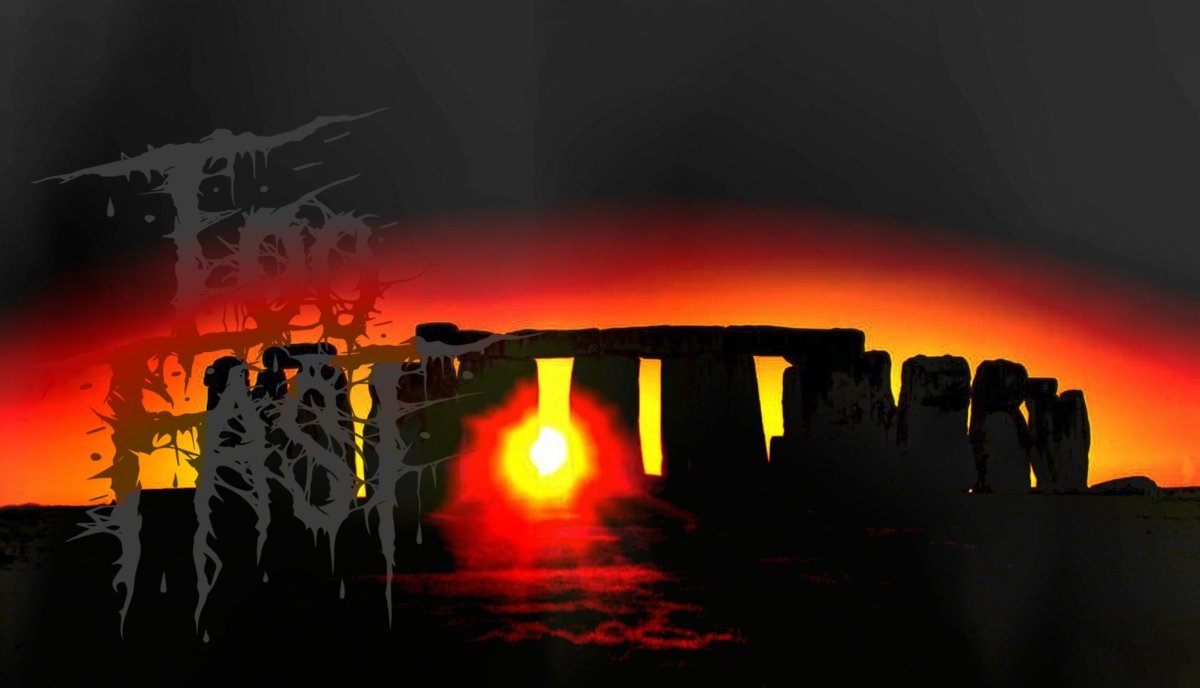In the Cards, a Quick AF History of Tarot
What is the story behind tarot cards? Good question, fascinating answer! Keep reading for a brief history of tarot.
You might not realize this, but tarot wasn’t always a thing relegated to the realm of fortune-telling. Tarot has a much more diverse and storied past. In this post, we reveal all.
But First, the Basics of Tarot Cards & Tarot Readings
A little intro to tarot for the uninitiated? Yes, please!
Tarot Card Decks
Most current standard tarot decks are based on Piedmontese or Venetian tarot. They have 78 cards and are split into two groups: 22 major arcana (or trump) cards and 56 minor arcana cards. The Rider-Waite tarot card deck is probably the most popular set used today.
Tarot cards are usually numbered and often have the name of the card printed on the face. The number is typically in Roman numerals. Sometimes cards just have the picture, though.
Similar to your regular old Hoyle or Bicycle deck, tarot playing cards have different suits. However, you can also find tarot decks that omit the suits and instead have different images of deities, symbols from different cultures, etc.
Whatever the imagery, each picture has its own interpretation and significance.
Tarot Card Meanings & Tarot Mythology
The mysterious world of tarot cards has long been shrouded in mythology and superstition, leading many to believe the cards can expose the future. In fact, that's what the different suits and artwork help to divulge.
The suits provide top-level meaning:
- Wands (energy)
- Cups (emotions)
- Swords (personal power)
- Pentacles (materiality)
(The name used for each suit can vary a little but it still represents the same thing as we're showing here.) Meanwhile, the card's image offers a more specific message.
The true meaning of tarot cards can also be much more mundane. For example, they can actually be used to determine simple, everyday stuff — like what pizza toppings to get!
So whether you're looking for a little guidance on what direction your life's headed in or on what to get for dinner, a tarot reading might be worth a try.
History of Tarot Cards through the Ages
Tarot has a long, interesting origins story. How it’s changed over time is just as spellbinding, too!
The Early Days of Tarot (Mid/Late 1300s-Late 1700s)
First came the playing card, then came the tarot card. The first recorded use of playing cards was in Europe in the late 1360s. We don’t know much about these cards beyond that they had suits and were used to play various games.
Eventually, the decks morphed to include additional cards now known as trumps. This happened around 1440 in Italy. Throughout the following years, the number of cards in the deck grew. The kinds of cards in the decks grew and changed as well — from Roman gods to birds to astrology symbols.
Ever-Evolving Deck & Divination (Late 1700s-Around 1900)
The earliest signs of tarot cards being used as fortune-telling tools date back to around 1750 in Italy. But it wasn’t until almost 1790 that the first deck of tarot cards that were expressly deigned for “occult purposes” was created. This is the 78-card deck with major and minor arcana that set the stage for the beloved 1909 Rider-Waite deck.
These tarots cards weren’t used in any games, like prior versions were. These new decks were intended for divination practices only.
Probably not a shocker, but it’s also around the late 1700s in France that occultists began using tarot cards for prophecies and predictions. And so, tarot card reading was born.
A Tarot Renaissance (1900ish-Present)
At some point, the popularity of tarot reading fell off for a while. But, it started making a comeback in the mid-1950s.
Several tarot playing card games slid into vogue again in many European countries. There are even leagues and tournaments now for these games!
As for tarot reading, that’s gaining renewed traction as well. Some attribute this to cultural shifts away from “traditional” religions. Others think tarot’s having a moment again because of, you know, world chaos. People are looking to make sense of the universe that was set skew by events like the 2008 financial crisis, pandemics, and global geopolitical conflicts and corruption.
And, let’s not forget that tarot can just be for fun. Lots of folks these days deal for amusement, not to [try to] blow away layers of uncertainty.
What’s also cool is that we aren’t just having a tarot revival. We’re taking tarot into tomorrow. This is evidenced in tarot’s peek-a-boo into pop culture and media. For instance:
- There are a ton of recent articles, documentaries, etc. about all different aspects of tarot: origins of tarot, tarot card decks, tarot card meanings, tarot readings, and so on.
- You can find tarot-related exhibits or artifacts at major, highly reputable museums.
- It’s showing up as a theme for clothing (e.g., this tank and this tee), accessories (e.g., these earring and this patch), and home goods (e.g., this candle or this soap). It’s a thing.
Tarot History Timeline — Anything but Boring!
From the beginning, tarot’s had a colorful existence. Today, it’s definitely got a solid foothold in society. Whether you turn tarot cards for fun or fortune-telling is your business, though!








